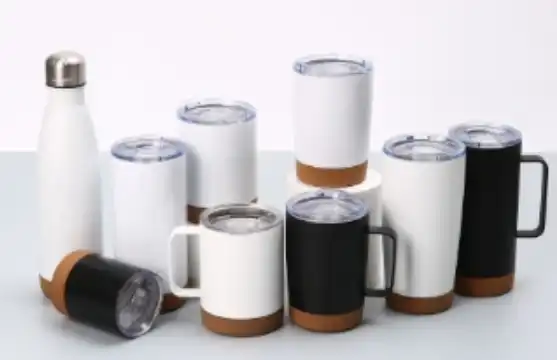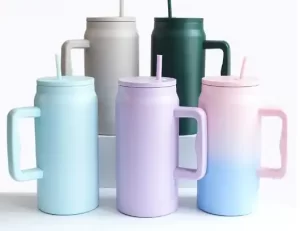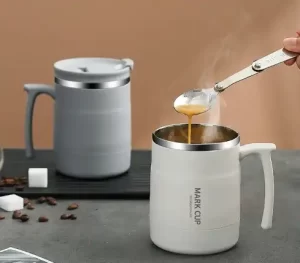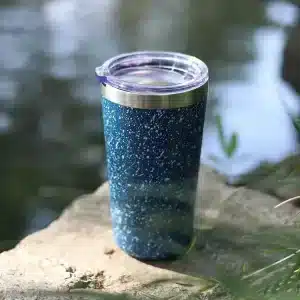I saw a news that the Chinese Embassy in Tel Aviv, Israel, on the occasion of the upcoming Jewish traditional festival of Passover, as usual, presented gifts to three Israeli ministers – drinkware.
Security personnel from the Ministry of Science inspected the gift from the Chinese Embassy and discovered that it contained a device similar to an electret microphone.
The Chinese Embassy in Israel had to take the initiative to explain that the so-called “suspicious device” was the “getter” commonly used in insulated drinkware.
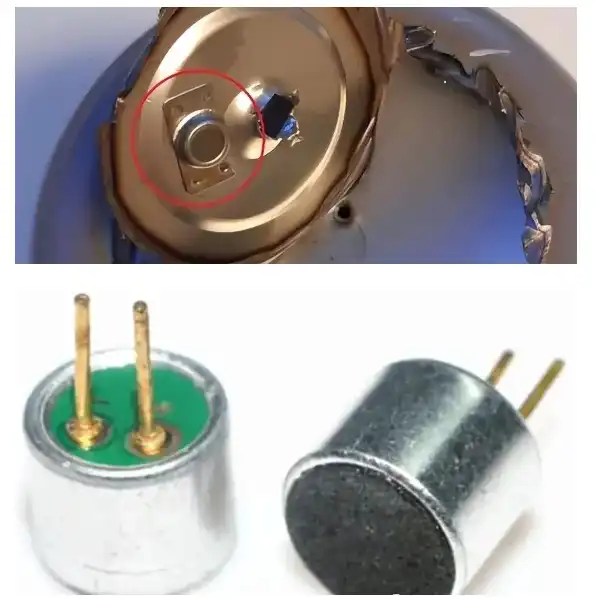
What is the getter of the stainless steel vacuum insulated water bottle used for?
In fact, the principle of astainless steel vacuum insulated water bottle is very similar to that of a thermos bottle. A vacuum is drawn between the inner and outer glass layers. The vacuum isolates conduction and convection, so the degree of vacuum in the interlayer guarantees the insulation effect.
The purpose of the getter is to absorb the residual air in the interlayer of the stainless steel vacuum insulated water bottle, increase the vacuum degree, and improve the insulation performance of the stainless steel vacuum insulated water bottle.
Before the inner and outer layers are welded and sealed, a suction device is riveted on, which will eliminate the residual and subsequently released gas in the following days, reaching a high vacuum state above the picture Pa in a short period of time.
Is there only one kind of getter?
Getters can be divided into three major categories, one is evaporable getters, the other is non-evaporable getters, and the other is composite getters. The third getter contains two types of getter materials: evaporable and non-evaporable.
1. Evaporative getter
An evaporative getter is a type of getter in which the getter material is packed into the getter carrier and the getter material is evaporated from the getter carrier after or before the device is sealed from the exhaust system. agent. Getter carriers are mostly made of metal tubes or metal dishes. After the suction material is evaporated and encounters the cold tube wall, it condenses on the tube wall to form a mirror surface.
The evaporative getter absorbs the gas in the tube in the form of evaporative suction and mirror suction. Evaporative suction is due to the chemical interaction between the vapor of the getter material and the gas molecules. Mirror suction is due to the fact that the mirror surface can adsorb gas and the gas can diffuse into the interior of the mirror.
2.Non-evaporable getter
Non-evaporable getters are made of getter materials with high evaporation temperatures. This getter does not require evaporation, but must be activated to have getter properties. Activation is to subject the getter to appropriate heating treatment so that it has strong gettering ability. During the activation process, the gas released by the getter is either removed by a vacuum pump or sucked away by an evaporative getter. After activation, the non-evaporable getter can absorb large amounts of air at working temperature. The non-evaporable getter absorbs the gas in the tube in the form of surface adsorption of gas and diffusion of gas into the interior of the getter.
Commonly used getter materials for non-evaporable getters include: titanium, zirconium, tantalum, thorium, etc. Among them, getters with zirconium as the main body are the most used. Such as zirconium aluminum 16 getter, zirconium graphite getter, zirconium nickel getter, zirconium iron vanadium getter, etc.
In the above case, the structural shape is more consistent with the non-evaporable getter, and this type is widely used because of its ease of use and good suction effect. Generally, zirconium, vanadium, and iron types are used in water bottle stainless steel.
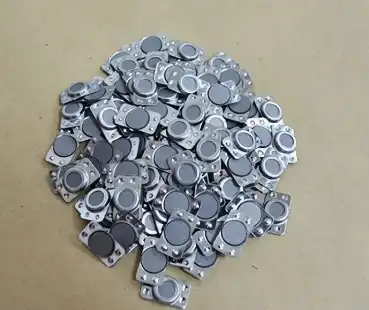
3. Composite getter
A getter containing both evaporable getter materials and non-evaporable getter materials is called a composite getter. Such as a composite getter composed of barium aluminum alloy and zirconium aluminum 16.
How does a getter work?
There are three main factors in the inhalation process of evaporative getters: evaporative inhalation, surface adsorption and internal diffusion. The relationship between the three is: first, evaporative inhalation. Surface adsorption breeds diffusion factors. Internal diffusion must be based on surface adsorption. as a premise.
The adsorption process of non-dispersed getters: surface adsorption and internal diffusion.
① Evapotranspiration and inhalation:
When heated and evaporated, the spattered barium atoms collide with the gas molecules in the space inside the tube. During the collision, some barium atoms only change their evaporation direction, while others react chemically with the gas molecules to produce corresponding compounds and deposit them. on the inner surface of the tube shell. As a result, the gas concentration in the space inside the tube is reduced, and most of the remaining gas is absorbed.
②Surface adsorption:
When a gas molecule collides with a solid surface, it may bounce back or be adsorbed. The adsorbed molecule may be strongly adsorbed or may be bound by only a very weak force.
With the getter in the water bottle stainless steel, the temperature in our cup can be better maintained at a constant temperature for a long time. This is also the reason why we can still drink cold drinks as we wish after hours when we go out.
